 |
 |
 |
| |
Efficacy and Safety of Once-Daily (QD) Compared with Twice-Daily (BID) Maraviroc plus Optimized Background Therapy (OBT) in treatment-experienced Patients Infected with CCR5-tropic HIV-1: 24-week Combined Analysis of the MOTIVATE 1 & 2 Studies
|
| |
| |
Reported by Jules Levin
4th IAS Conference on HIV Pathogenesis, Treatment and Prevention, July 22-25, 2007, Sydney, Australia
Roy Gulick1, Elna van der Ryst2, Harry Lampris3, Gerd Fatkenheuer4, Francois Raffi5, Jay Lalezari6, John Sullivan2, Margaret Tawadrous7, Irina Konourina2, James Goodrich7, Howard Mayer7
1Weill Medical College of Cornell University, Internal Medicine, New York, USA, 2Pfizer Global Research and Development, Sandwich, UK
3University of California, SF, Veterans Affairs Medical Center, SF, USA
4University of Cologne, Internal Medicine, Koln, Germany
5University of Nantes, Infectious Diseases Dept, Nantes, France
6University of California, SF, Quest Clinical Research, SF, USA
7Pfizer Global Research and Development, New London, USA
AUTHOR CONCLUSIONS
In this pooled analysis of 24-week data from the MOTIVATE 1 and 2 Phase 3 studies in treatment-experienced patients with R5 HIV-1, overall, maraviroc (QD or BID) plus OBT demonstrated statistically greater efficacy compared to placebo plus OBT.
-- 44-45% of those patients treated with maraviroc achieved viral loads <50 copies/mL versus 23% of those receiving OBT alone.
-- Patients treated with maraviroc achieved substantially greater mean changes from baseline in HIV-1 RNA and CD4+ cell count than those receiving OBT alone.
Similar safety profiles were observed for both maraviroc plus OBT groups compared with OBT alone with a similar safety profile for maraviroc BID compared to maraviroc QD.
-- There was no increase in Grade 3 or 4 liver function abnormalities with maraviroc (including in hepatitis B and C coinfected patients).
-- There was no imbalance in malignancies (either AIDS or non-AIDS associated) with maraviroc.
In subgroup analyses, maraviroc (QD or BID) plus OBT resulted in greater proportions of patients with supressed viral load compared to OBT alone in all subpopulations analyzed.
-- As expected, the proportion of patients with viral load suppression was lower for patients with more advanced disease at baseline. However, significant proportions of patients achieved viral load suppression despite having baseline viral loads ≥100 000 copies/mL (35% for maraviroc BID vs. 11% for placebo) or baseline CD4+ cell counts <50 cells/mm3 (20% vs. 3%, respectively).
Although the MOTIVATE studies were not designed to formally compare the two dosing strategies, the subgroup analysis revealed a greater benefit from BID dosing in certain sub-populations.
A greater proportion of patients achieved suppressed HIV-1 RNA with maraviroc BID than with maraviroc QD in patients with:
--Screening HIV-1 RNA ≥100 000 copies/mL; 52% vs 45% <50 copies/mL (Figure 2); 35% vs 28% <400 copies/mL.
--Baseline CD4+ count <50 cells/mm3 ; 20% vs 11% <50 copies/mL (Figure 3);31% vs 20% <400 copies/mL
--No active drugs in the OBT; 29% vs 18% <50 copies/mL (Figure 4); 41% vs 26% <400 copies/mL.
Considering the similar safety profile but improved efficacy profile of the maraviroc BID regimen compared to the maraviroc QD regimen in key subgroups, maraviroc should generally be administered as a BID regimen in treatment-experienced patients infected with CCR5-tropic-HIV-1.
Efficacy
The combined dataset included at total of 1049 patients who received at least one dose of maraviroc QD plus OBT (N=414), maraviroc BID plus OBT (N=426), or placebo plus OBT (N=209). Baseline demographics and disease characteristics were well balanced across treatment groups. Baseline plasma HIV-1 RNA and CD4+ cell counts ranged from 4.85-4.86 copies/mL and from 187.2-195.7 cells/mm3, respectively (see van der Ryst et al. for more details).4
Maraviroc (QD or BID) plus OBT, compared with OBT alone, resulted
in (Table 1):
--a greater reduction in HIV-1 RNA from baseline to Week 24
--a greater proportion of patients with undetectable HIV-1 RNA (<400 copies/mL or <50 copies/mL) at Week 24
--a greater increase in CD4+ cell counts.
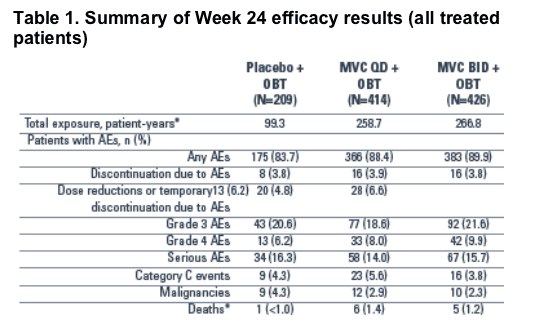
Analysis of responses in subgroups based on screening HIV-1 RNA, baseline CD4+ cell count and OSS showed a greater proportion of responders for patients with lower screening HIV-1 RNA (Figure 2), higher baseline CD4+ cell counts (Figure 3) and more active drugs in the OBT (Figure 4), in all treatment groups, including placebo with a consistent treatment benefit for maraviroc (QD and BID) compared to placebo in all subgroups.
However, the subgroup analysis revealed generally greater rates of undetectable HIV-1 RNA for the BID regimen compared to the QD regimen in patients with:
--Screening HIV-1 RNA ≥100 000 copies/mL; 52% vs 45% <50
copies/mL (Figure 2); 35% vs 28% <400 copies/mL.
--Baseline CD4+ count <50 cells/mm3 ; 20% vs 11% <50 copies/mL
(Figure 3);31% vs 20% <400 copes/mL
--No active drugs in the OBT; 29% vs 18% <50 copies/mL
(Figure 4); 41% vs 26% <400 copies/mL.
Figure 2. Percentage of patients with HIV-1 RNA <50 copies/mL at Week 24 by viral load at screening
For patients with >100,000 viral load at baseline, 34.7% taking MVC bid had <50 c/ml at week 24 compared to 28.25 taking MVC qd. For patients with <100,000 viral load at baseline, 57.6% taking bid and 61.3% taking qd had <50 c/ml at week 24.
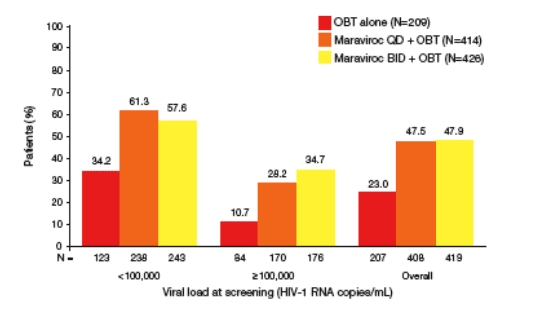
All treated patients with valid baseline and on-treatment measurements. Missing values imputed
using LOCF. A similar trend was observed for patients with <400 copies/mL. MVC = maraviroc.
Figure 3. Percentage of patients with HIV-1 RNA <50 copies/mL at
Week 24 by baseline CD4+ cell count
For patients with <50 CD4 at baseline, 20% taking bid & 10.8% taking qd had <50 c/ml at week 24. But for other CD4 groups (50-100 [45-40%], 101-200 [50%], 201-350 [63%], >350 [65%]) there was no difference.
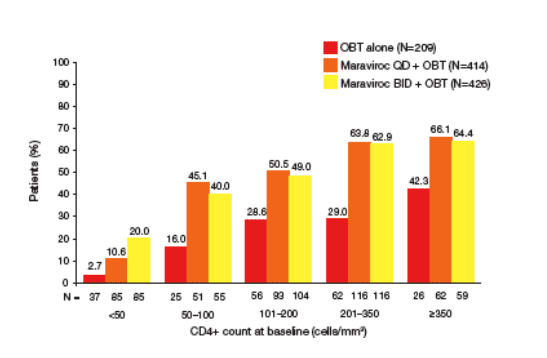
Figure 4. Percentage of patients with HIV-1 RNA <50 copies/mL at Week 24 by number of active drugs in OBT (OSS)
For patients with OSS=0, 29.8% taking MVC bid had <50 c/ml compared to 17.7% taking qd. But again for patients with OSS=1, OSS=2, and OSS=3 or more there was no difference whether taking qd or bid.
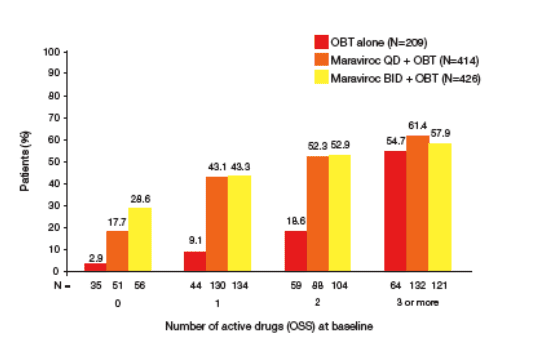
All treated patients with valid baseline and on-treatment measurements. Missing values imputed using LOCF. A similar trend was observed for patients with <400 copies/mL. MVC = maraviroc.
SAFETY
Exposure to study treatment was longer in patients in the maraviroc treatment groups than in the placebo group (Table 2). This difference can be attributed to the higher rate of discontinuation in the placebo group, mostly due to lack of efficacy.
Despite the difference in treatment exposure, the incidence of adverse events (AE) was similar for the two maraviroc groups compared with the placebo group (Table 2), with no evidence of higher rates of AEs in the maraviroc BID group.
The most common AEs in all treatment groups were diarrhea, nausea, headache and fatigue (Figure 5), with similar rates for the two maraviroc groups.
--Rates of pyrexia, cough and upper respiratory tract infection were somewhat lower in the maraviroc BID group compared to the maraviroc QD group and occurred at a generally higher rate than in patients receiving OBT alone. Conversely, pneumonia was more common among patients receiving OBT plus placebo (3.3% vs. 2.0%).
There were 12 deaths recorded on treatment or within 28 days of the
end of treatment:
--None were considered to be related to study medication.
--Reflecting the advanced stage of disease of patients included in these studies, 11 other patients died between screening and baseline.
Grade 3 and 4 liver enzyme abnormalities were evenly distributed across the treatment groups, even among patients with HCV or HBV co-infection (Table 3). Rates of Grade 3 and 4 liver enzyme abnormalities were similar among patients in the two maraviroc groups.
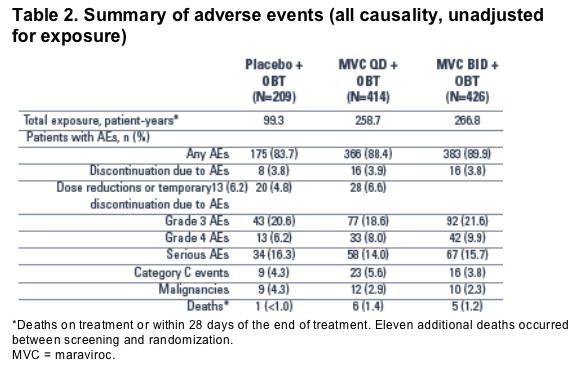
Figure 5. Incidence of adverse events occurring in ≥10% of patients
in any group (unadjusted for exposure)
There was no benefit towards less incidence of AEs in qd vs bid dosing.
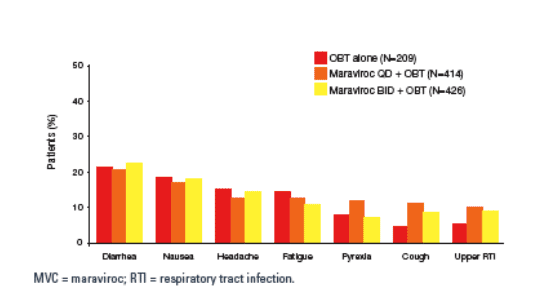
Table 3. Maximum liver function test values (Grades 3
and 4) without regard to baseline
AST--grade 3 (>5.0-10.0 x ULN): 2.9% placebo, 2.7% MVC qd, 3.1% MVC bid
Grade 4 (>10 x ULN): 0 placebo, 0.7% qd, 1.4% bid.
ALT-grade 3: 2.9% placebo, 3.4% qd, 1.4% bid
Grade 4: 0.5% placebo, 0.5% qd, 1.0% bid.
Total Bilirubin-grade 3: 3.9% placebo, 7.1% qd, 5.0% bid
Grade 4: 1.5% placebo, 1.0% qd, 0.7% bid
ALT Abnormalities (grade 3 or 4) among patients with
HCV - 5% placebo, 15% qd, 6.7% bid
HBV - 9.1% placebo, 0 qd, 3.2% bid.
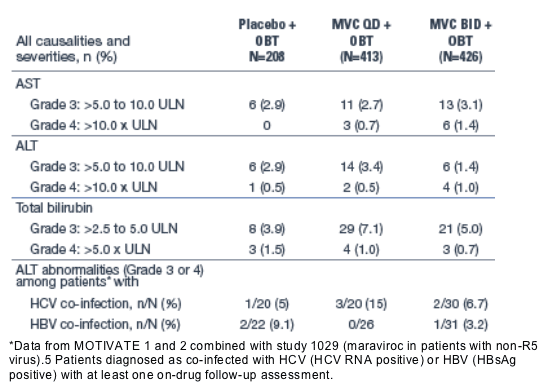
METHODS
Study Design
MOTIVATE 1 and 2 are ongoing, randomized, double-blind Phase 3 trials. MOTIVATE 1 is being conducted in study centers across North America while MOTIVATE 2 is being conducted in study centers across Europe, Australia, and the USA. The study design is summarized in Figure 1.
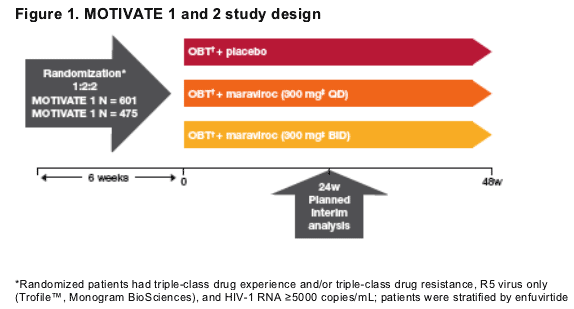

The planned Week 24 combined analysis included the following endpoints:
--changefrom baseline in HIV-1-RNA (primary).
--Proportion of subjects achieving HIV-1 RNA <400 or <50 copies/mL (secondary).
Subgroup efficacy analyses were performed by:
--Screening HIV-1 RNA (according to stratification criteria).
--Baseline CD4+ cell count (the mean of two pre-dose CD4+ cell count assessments from screening and baseline visits).
--Number of active drugs in OBT regimen.
Susceptibility scoring
The number of active drugs in the OBT regimen was estimated using
an overall susceptibility score (OSS).
This scoring system is based on an algorithm from Monogram Biosciences, which assigns a net assessment including both phenotypic and genotypic information for each antiretroviral agent
(PhenoSense GT, http://www.monogrambio.com).
--Drugs for which the net assessment indicated susceptibility were assigned a value of one.
--Drugs for which the net assessment showed evidence of reduced susceptibility were assigned a value of zero.
--The OSS is calculated as the sum of values for all the drugs in the OBT.
References
1. Dorr P, et al. Antimicrob Agents Chemother 2005; 49:4721-4732.
2. Lalezari J, et al. 14th CROI 2007. Presentation 104bLB.
3. Nelson M, et al. 14th CROI 2007. Presentation 104aLB.
4. van der Ryst E, et al. 4th IAS Conference on HIV Pathogenesis, Treatment and Prevention. Sydney, Australia,
22-25 July 2007; Abstract WEPEB115LB.
5. Mayer H, et al. XVI International AIDS Conference. 2006; Abstract THLB0215.
|
| |
|
 |
 |
|
|